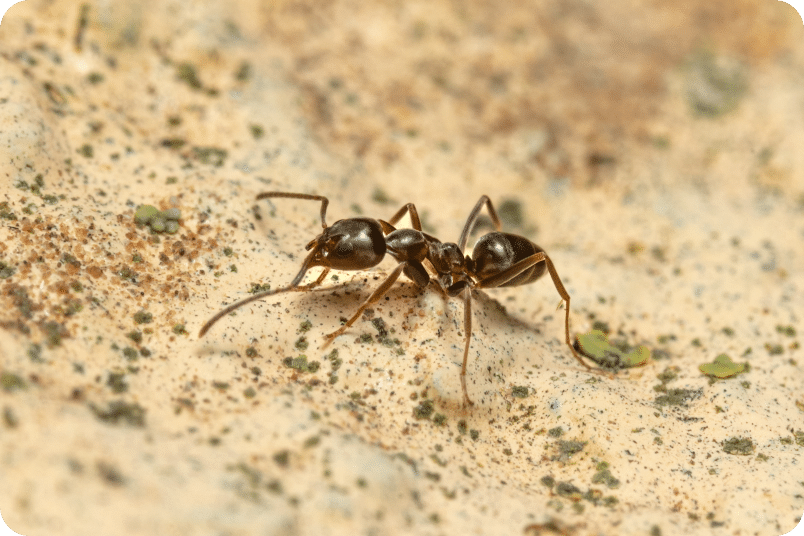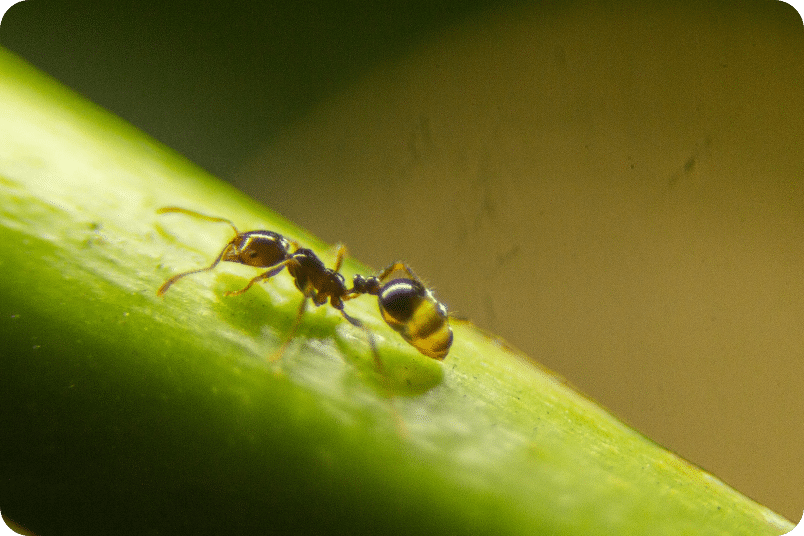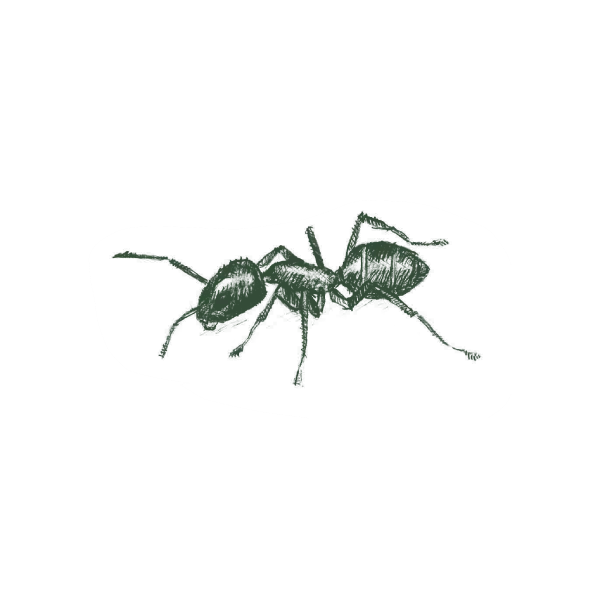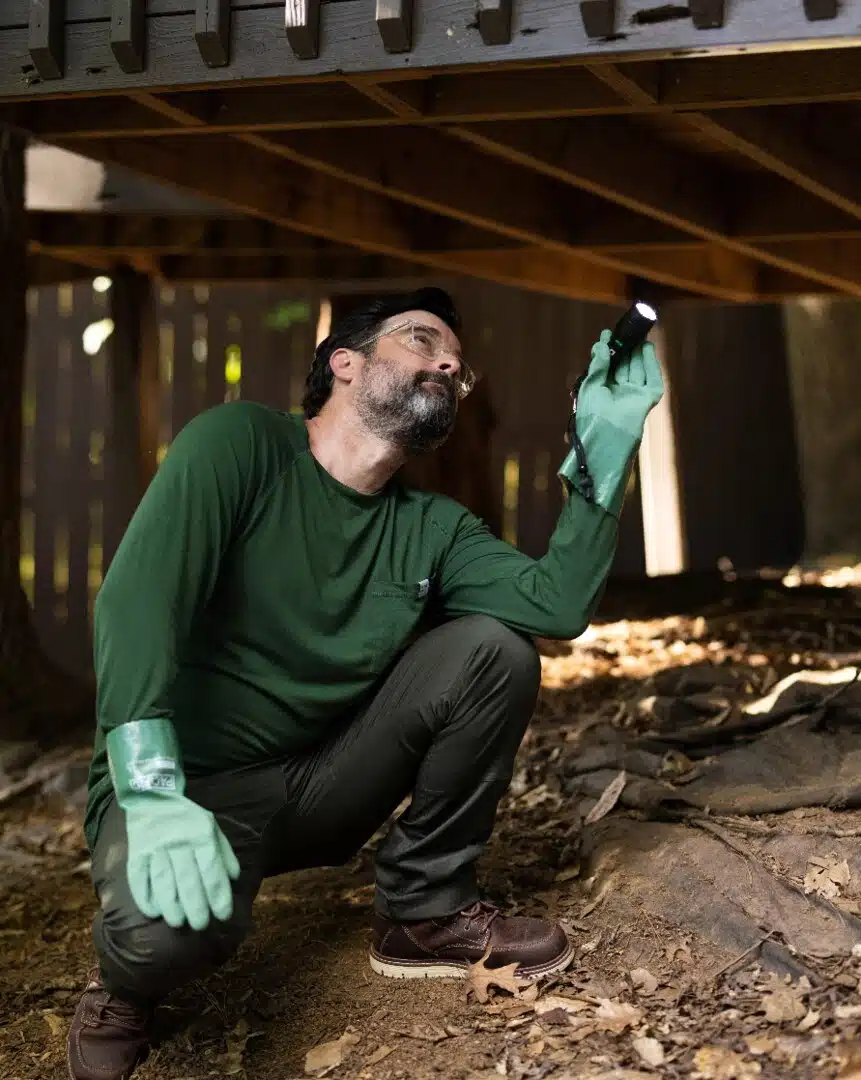About Argentine ants
A guide to understanding Argentine Ants
Introduction
Argentine ants are a common pest species found in many parts of the world, known for their ability to form massive colonies and quickly infest homes and gardens. Understanding Argentine ants is crucial for homeowners as their presence can lead to various issues such as contamination of food, damage to property, and even potential health risks. Their large colonies can overwhelm a space rapidly, making eradication efforts difficult without proper knowledge and professional assistance.
Identification of Argentine ants
Argentine ants are small, typically measuring about 2 to 3 millimeters in length, with light to dark brown bodies. Argentine ants possess a segmented antennae and a relatively smooth exoskeleton. Compared to other ant species, Argentine ants can be distinguished by their uniform size and coloration, as well as their tendency to form extensive trails when foraging. They are often mistaken for other small ant species such as odorous house ants or pavement ants, but their lack of distinct odor and consistent coloration help differentiate them upon close inspection.

Behavior and habitat
Argentine ants are highly social insects, forming nests in moist areas and often creating supercolonies with interconnected nests. They exhibit aggressive foraging behavior, forming long trails to food sources, and have a well-organized division of labor within the colony, making them resilient and formidable pests in residential and agricultural settings.
Diet and feeding habits
Argentine ants’ adaptable palate influences their habitat choice, as they are often found near food-rich environments such as gardens, kitchens, and trash bins. During periods of scarcity, they may invade homes in search of sustenance, posing a nuisance to homeowners.
Prevention and home protection
Preventing Argentine ant infestations involves sealing entry points, keeping areas clean, and using natural deterrents like citrus peels or peppermint oil. Storing food properly, fixing leaks, and reducing moisture help make the environment less attractive to ants. Additionally, maintaining landscaping and removing standing water can minimize conducive conditions for infestation.

Argentine ant control methods
For Argentine ant control, DIY solutions like baits, sprays, and dusts can be effective for minor infestations but may not fully eradicate large colonies. These methods can also pose risks if not used properly. Professional treatments offer more comprehensive solutions, including targeted insecticide applications and ongoing monitoring to ensure long-term control.
Environmental impact and ecology
Argentine ants play a crucial role in ecosystems as predators and scavengers, but their invasive nature can disrupt local wildlife and ecosystems. Large colonies may outcompete native ants, impacting insect populations and ground-nesting birds. Conservation efforts focus on managing Argentine ant populations while restoring habitat diversity to support native species and maintain ecosystem balance.
Conclusion
In conclusion, Argentine ants pose a formidable challenge for homeowners due to their resilient nature and ability to form large colonies. Implementing effective prevention strategies, such as sealing entry points and maintaining cleanliness, is crucial for deterring infestations. While DIY solutions may offer temporary relief, professional treatments provide more comprehensive control options. By understanding Argentine ants’ behavior and employing proactive measures, homeowners can safeguard their homes from infestations and maintain a pest-free environment for their families.

